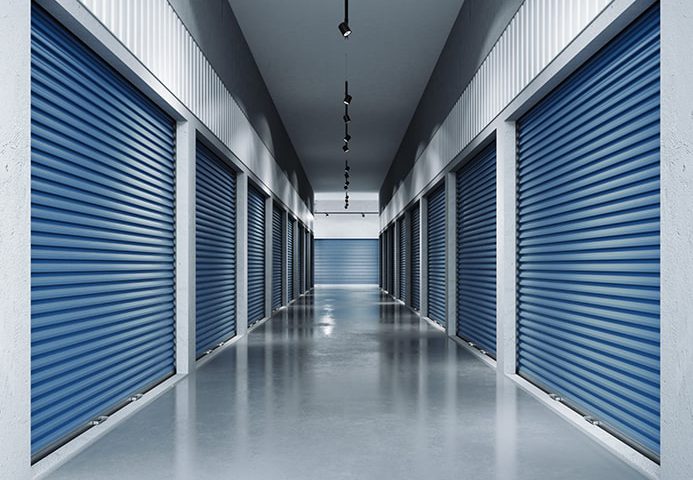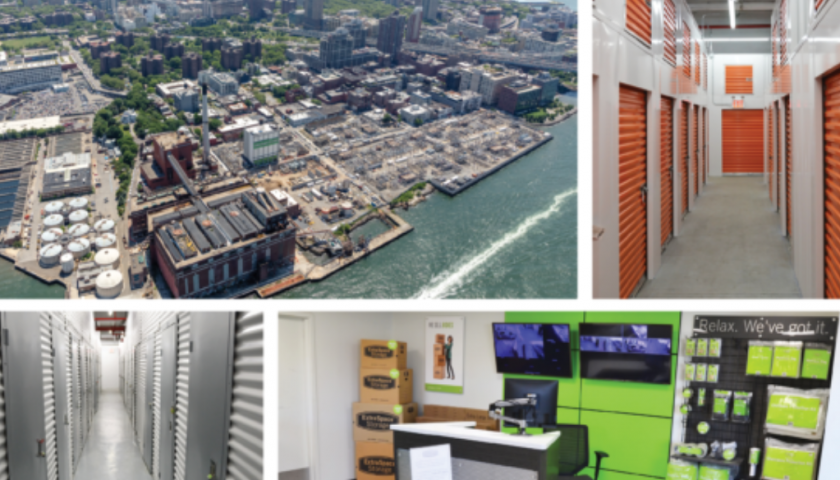Storage facilities can take advantage of cost segregation. Owners and investors may be eligible to use this strategic tax planning tool if they have constructed, purchased, expanded or remodeled recently.
Cost segregation itself is a specialized service. The process works as such:
- After reaching out to a cost segregation company, they will come to your facility.
- They will then segregate out all your assets, which means they will break everything down. In doing so, they will shift it from being a commercial building that is depreciated over 39 years to assets that are depreciated over 5 to 15 years.
- You can then take bonus depreciation on these smaller assets.
Pros of Cost Segregation
Using this strategy potentially saves tax dollars and puts more money into your pocket right now. When you sell your facility in the future, the money you saved does not stay in your pocket. You will recapture the depreciation at this time. However, the money you save from cost segregation can be used for other investments until this day.
Cons of Cost Segregation
There is a fee to perform cost segregation, typically around $3,000 to $5,000. You can generally approach companies before signing on and they’ll be able to give you their fee, an estimate of how much depreciation they can create and how many tax dollars they can save you.
If you depreciate your asset and then sell it for a higher value later, you will recapture that depreciation. This means you will have a bigger gain on the books that you will have to pay capital gains on. Cost segregation just defers taxes. There are strategies you can use to continue to defer these taxes, but they will never completely go away.





